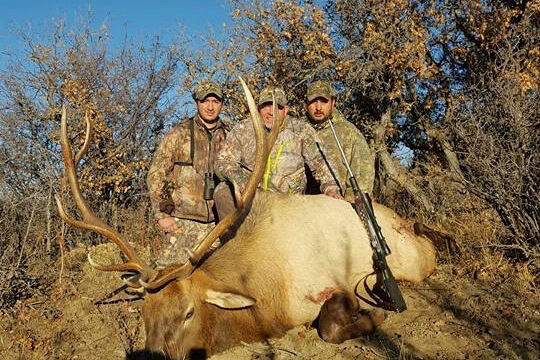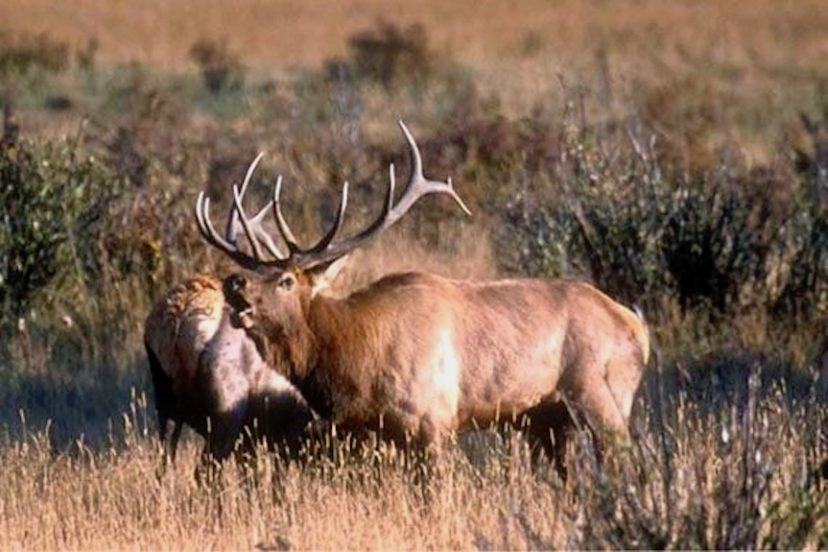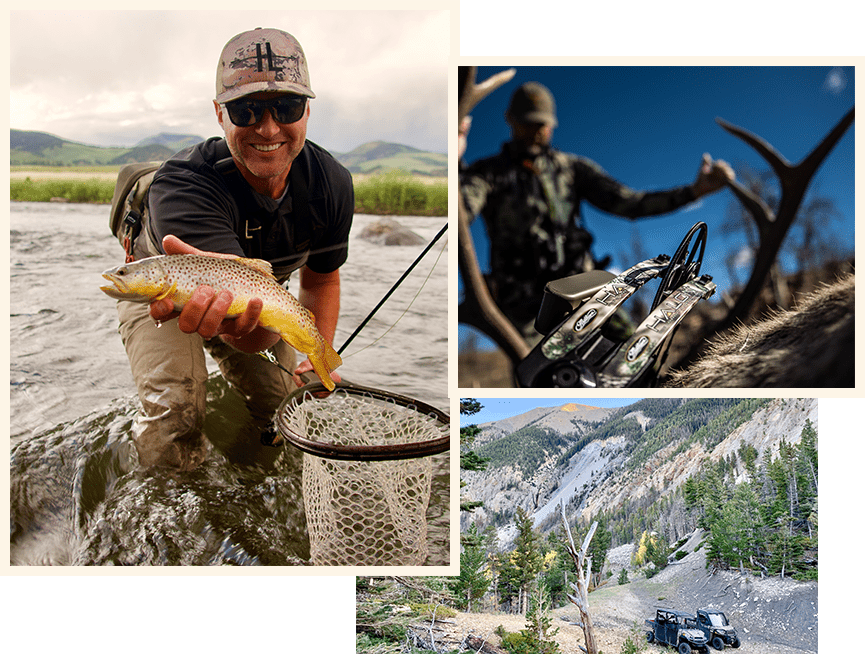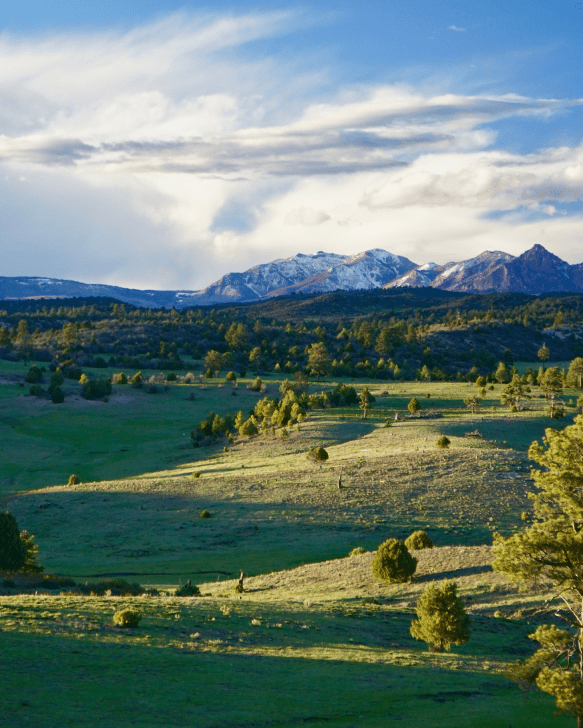Having elk on your ranch is a good sign. It means you have great wildlife habitat that’s necessary for big game to thrive. And that’s not just great for you as a hunter. It’s also good for you as a landowner and for the value of your ranch property.
But how big are the elk on your land? Scoring harvested elk is a great way to find out, and it provides a written record you can use should you ever wish to sell your ranch real estate.

Scoring your elk
The Boone and Crockett Club is the gold standard when it comes to measuring trophy antlers, and, while it can be a bit involved, it’s not very difficult.
First, you need to measure each tine from one side of your bull’s rack, from the tip to the where the tine connects with the main antler beam. Take care to only measure to the edge of the beam – not the middle or the far side. Record each length to the closest 1/8th of an inch.
Second, measure the length of the main antler beam, from the tip to the bottom of the “burr,” the bulge at the base of the antler. Again, record the measurement to the nearest 1/8th of an inch.
Next, record the circumference of the main beam between the first two tines, and then record the circumference measurements between the first four tines at the smallest points between each tine.
If your bull’s rack has any abnormalities – points that originate off of another point or an odd point that’s not matched by a point on the opposite antler – measure those points, too. Add up all your measurements and record them, and then do the same process for the other side.
Finally, measure the antlers’ spread from the inside edges at the widest point.
Add those numbers up, and that’ll give you the “gross” score. To get the net score, subtract the differences between the tines that correspond with one another on each antler. This will give you your “net” score.

Why is it important?
Many land investors, particularly investors interested in large swaths of ranch real estate, are hoping to use ranchland for more than just livestock. Some “legacy” ranch owners use land for their own hunting and fishing. Other investors hope to lease access to hunters and anglers during the appropriate seasons as a way to supplement their income.
As a ranch real estate owner, scoring any bull elk (or buck deer or pronghorn, for that matter) harvested on your ranch, and recording those scores over time, is a great way to show prospective buyers the quality of the wildlife on your land. Perhaps more importantly, it shows prospective buyers that your ranch consists of quality habitat that attracts big game animals to the area.

The bottom line
Ranch real estate is more valuable when it consists of healthy wildlife habitat. Prospective buyers who are interested in the quality of the wildlife herds will want some empirical evidence of that quality. By scoring trophy animals harvested on your ranch property, you can provide this dependable data to investors and, if the data is good, that data can add equity to your real estate.
Take the time and properly score your bulls and bucks. The data will add value to your ranch property and demand a better price when it comes time to sell.


